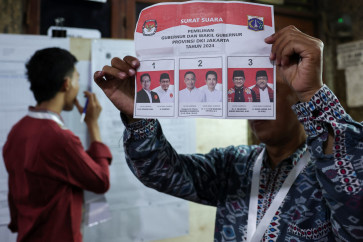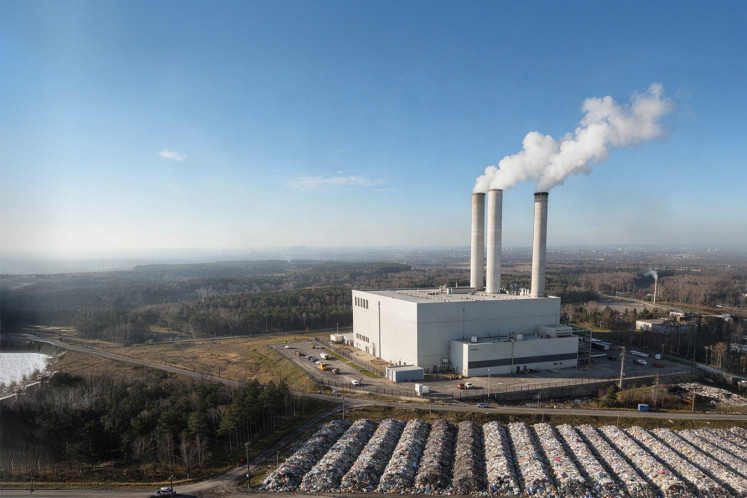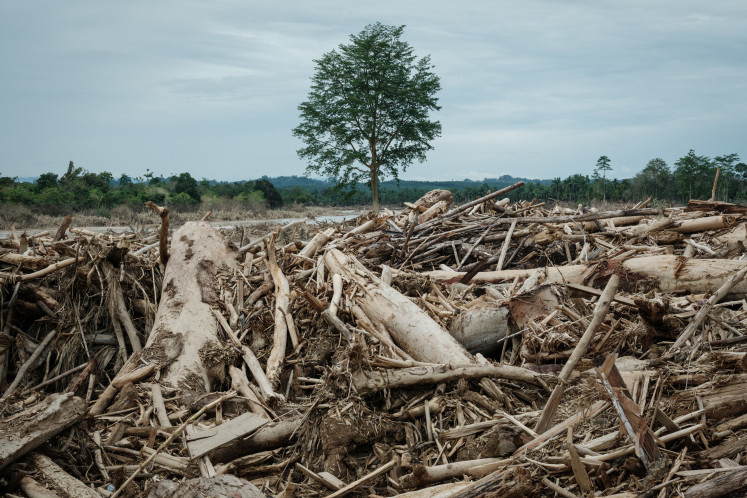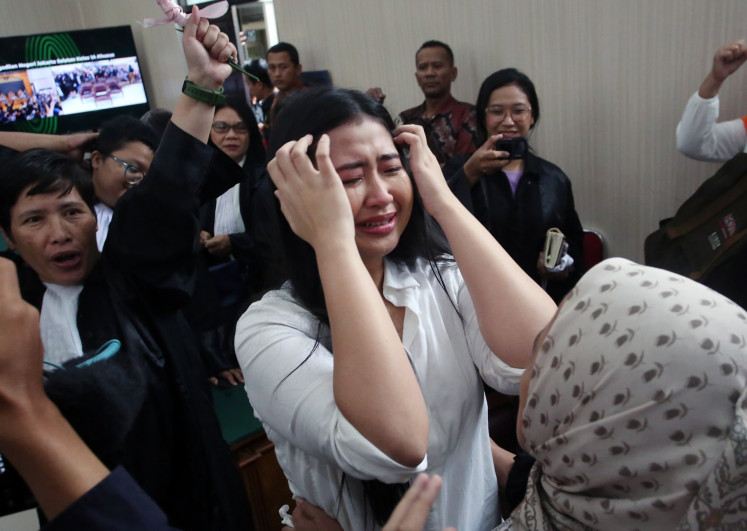Popular Reads
Top Results
Can't find what you're looking for?
View all search resultsPopular Reads
Top Results
Can't find what you're looking for?
View all search resultsStrengthening TNI
Being the world’s largest archipelagic country, Indonesia really needs to invest heavily in the Air Force and Navy to secure its vast airspace and exclusive economic zone, especially in the wake of heated geopolitical dynamics.
Change text size
Gift Premium Articles
to Anyone
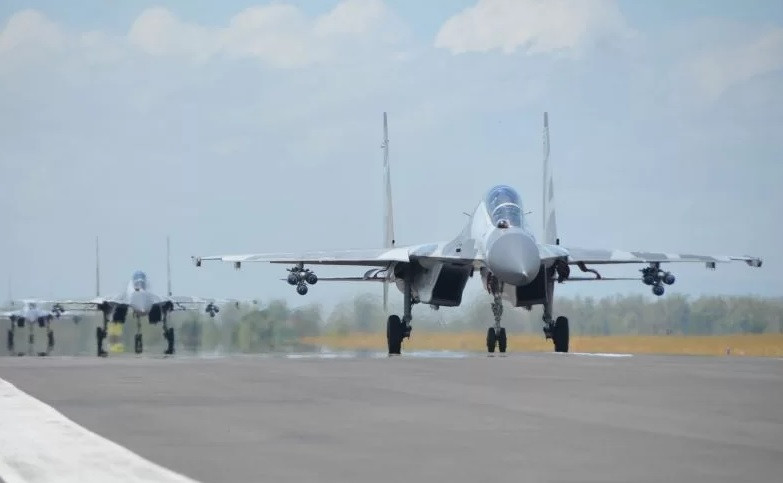 Securing our skies: Members of the Indonesian Air Force prepare to take off in Sukhoi fighter aircraft on Sept. 29, 2020 from Iswahjudi Air Base in Magetan, East Java, to take part in a military exercise at the Pandanwangi Air Weapons Range in Lumajang, also in East Java. (Antara/Courtesy of Iswahjudi Air Base)
Securing our skies: Members of the Indonesian Air Force prepare to take off in Sukhoi fighter aircraft on Sept. 29, 2020 from Iswahjudi Air Base in Magetan, East Java, to take part in a military exercise at the Pandanwangi Air Weapons Range in Lumajang, also in East Java. (Antara/Courtesy of Iswahjudi Air Base)
F
rench newspaper La Tribune reported on Sept. 20 that Indonesia had just made the down payment for six Dassault Rafale jet fighters out of the 42 on order. The down payment allows the start of production with delivery scheduled for around 2026.
Signed in February, the contract for the six jet fighters worth some US$1.3 billion – with the entire 42 set to cost the state coffers some $8.1 billion – should include training and weapons.
The payment, albeit only for six jets so far, is good news amid the real need to modernize and rematerialize the Indonesian Air Force, whose jet fighters are getting older and obsolete, as well as to help reach the target of 11 squadrons of jet fighters.
The government has set targets for all three branches of the Indonesian Military (TNI), such as operating 182 warships and eight submarines for the Navy by 2024. These targets are outlined in the so-called Minimum Essential Force (MEF), which started in 2009 under then-president Susilo Bambang Yudhoyono and is divided into three five-year strategic plans (Renstra).
TNI chief Gen. Andika Perkasa told the House of Representatives in January that the TNI could only reach some 70 percent of the MEF targets on average by 2024, while as of 2021, the average achievement was 62 percent.
On Monday, the government and the House agreed to earmark a defense budget worth Rp 134 trillion (US$8.83 billion) – only 42 percent of the proposed Rp 319 trillion. Such a small budget, despite being among the largest when compared with those of other ministries and state institutions, does not really help in achieving the MEF.
After COVID-19 struck in March 2020 almost all budget allocations were shifted to handling the pandemic. And once the pandemic was under control, another budget siphon was created in the name of economic recovery and the investment dream – the new capital city Nusantara.
Being the world’s largest archipelagic country, Indonesia really needs to invest heavily in the Air Force and Navy to secure its vast airspace and exclusive economic zone, making sure to get the maximum benefits from its various economic activities, especially in the wake of heated geopolitical dynamics.
When the MEF was first devised in 2009, the outlook was a rather stable strategic environment with occasional friction among countries in the region and a heightened focus on terrorism threats here and there.
However, recent developments in Ukraine and the Taiwan Strait have shown that the presence of a strong defensive military is of paramount importance to fend off traditional threats. Gone are the days when pundits said that most threats were non-traditional in nature.
Developing a strong military ready for traditional threats is much more, and always will be more, important than merely focusing on low-level conflict. This is simply because a well-armed military can always deal with non-traditional threats and low-level conflicts, but not the other way around.
Now that we are already in the last leg of the third Renstra of the MEF, it is imperative for the government and other stakeholders to devise a new grand strategy on how to defend Indonesia, aimed at least until 2045, the centenary of the republic.
Modernizing the military requires a lot of taxpayers’ money. Therefore, its spending must follow accountability and transparency.




